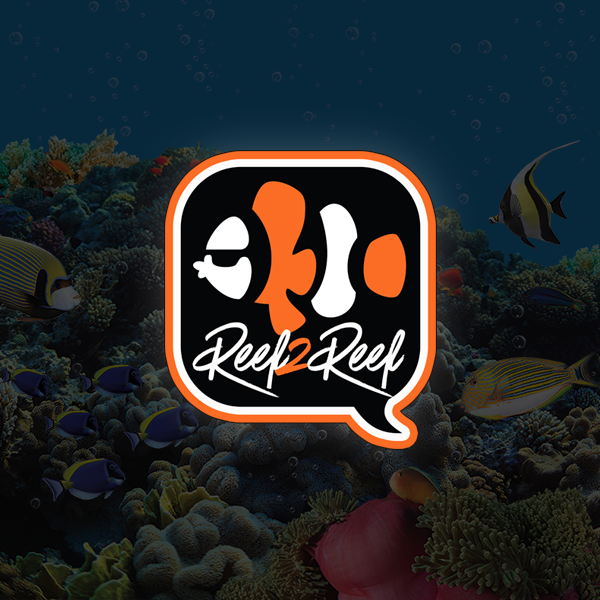Randy Holmes-Farley
Reef Chemist
- Review score
- +0 /0 /-0
Staff member
Super Moderator
R2R Supporter
R2R Excellence Award
Expert Contributor
Article Contributor
R2R Research
Build Thread Contributor
Reef Chemistry Question of the Day #287
There are many sources of color in reef aquaria, and many questions I could ask about them.
Let's start with a hard one.
Which of the following is not true?
1. The spines of some sea urchins are purple due to the presence of iodine in them.
2. The most common fluorescent chemical in corals is green fluorescent protein (GFP). The critical part of the GFP molecule for fluorescence contains cobalt.
3. Percula clownfish (A. percula) will become more orange/red if fed a diet containing the natural pigment astaxanthin found in shrimp.
4. Most photosynthetic organisms use chlorophyll to absorb light. Chlorophyll contains a magnesium ion in its core.
Pick all that you think are WRONG.
Good luck!
Previous Reef Chemistry Question of the Day:

 www.reef2reef.com
www.reef2reef.com
There are many sources of color in reef aquaria, and many questions I could ask about them.
Let's start with a hard one.
Which of the following is not true?
1. The spines of some sea urchins are purple due to the presence of iodine in them.
2. The most common fluorescent chemical in corals is green fluorescent protein (GFP). The critical part of the GFP molecule for fluorescence contains cobalt.
3. Percula clownfish (A. percula) will become more orange/red if fed a diet containing the natural pigment astaxanthin found in shrimp.
4. Most photosynthetic organisms use chlorophyll to absorb light. Chlorophyll contains a magnesium ion in its core.
Pick all that you think are WRONG.
Good luck!
Previous Reef Chemistry Question of the Day:

Reef Chemistry Question of the Day #286: Pi Day!
Reef Chemistry Question of the Day #286 Today is March 14, pi day! In honor of the day, we have a reef chemistry question about pi. Which of the following chemicals contain pi bonds? 1. Nitrate, NO3- 2. Chloride, Cl- 3. Phosphate, PO4--- 4. Calcium, Ca++ 5. Ethanol, CH3CH2OH Pick all you...
 www.reef2reef.com
www.reef2reef.com














